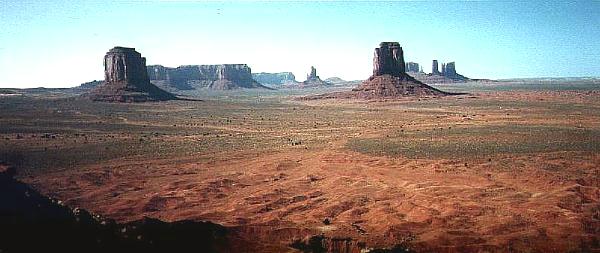
Modern discussions of the community concept include the following elements:
Disturbance and/or development --> inability to recognize the community
Usu. based only on spp. composition and abundance, but Drake (1990 TREE 5:159-164) indicates that energy flow should be the basis. Drake acknowledges this will be difficult to measure, but writes: "nature proceeds without regard to human logisitical and analytical sophistication."